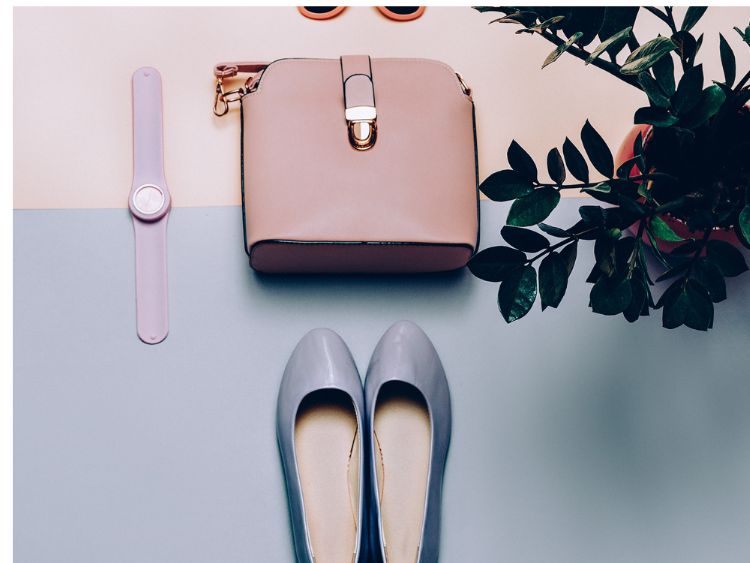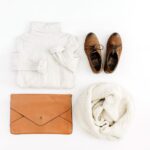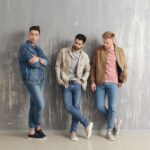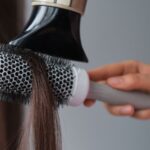The 1920s fashion scene was nothing short of groundbreaking. Often referred to as the Roaring Twenties, this era marked a dramatic shift in the way people dressed, blending opulence with rebellion. With the rise of jazz music, flapper culture, and a newfound sense of freedom, fashion trends during the 1920s became the ultimate expression of individuality and societal change. Gone were the restrictive corsets and conservative styles; in their place came bold choices, sleek silhouettes, and a sense of daring that had never been seen before. Let’s dive into the heart of 1920s fashion and explore the trends that left an indelible mark on style history.
The Rise of Flappers: A New Fashion Icon
One of the most iconic symbols of 1920s fashion was the flapper. These young women defied convention by embracing a style that was both carefree and audacious. Characterized by shorter hemlines, bobbed hair, and loose dresses, flapper fashion became synonymous with rebellion and freedom.
Some key elements of flapper fashion included:
- Shorter Dresses: For the first time in fashion history, women’s hemlines rose above the knee, a scandalous choice at the time. The shorter dresses allowed for easier movement, perfect for the energetic Charleston dance.
- Dropped Waistlines: The typical flapper dress featured a dropped waist, creating a more relaxed silhouette that contrasted with the cinched corsets of earlier decades.
- Fringe and Beading: Many dresses were adorned with fringe or intricate beading, which added flair and movement to the outfits, especially when dancing.
Men’s Fashion: From Formal to Casual
While women’s fashion was undergoing a revolution, men’s fashion in the 1920s also saw some significant changes. Though formalwear remained essential, there was a shift towards more casual and comfortable styles.
Key trends in men’s fashion included:
- Three-Piece Suits: Men often wore three-piece suits, typically consisting of a jacket, waistcoat, and trousers. These suits were tailored for a sharp, clean look.
- Oxford Bags: A looser style of trousers known as Oxford Bags became popular. These wide-legged pants allowed for greater comfort and mobility.
- Casual Wear: The introduction of casual wear, such as sweaters and knickerbockers (knee-length trousers), signaled a move towards practicality in men’s fashion.
Accessories: Completing the Look
No 1920s fashion look was complete without the right accessories. For women, accessories were a way to showcase wealth and style. Headbands, cloche hats, and long strings of pearls became essential. The cloche hat, in particular, was a staple piece that perfectly complemented the bobbed haircuts of the time.
For men, accessories like fedoras, pocket watches, and cufflinks completed their dapper ensembles. A carefully selected hat was essential to any man’s wardrobe during this era, often seen as a sign of sophistication.
Fabrics and Patterns: A Decade of Opulence
The 1920s were also known for the luxurious fabrics and bold patterns that dominated the fashion scene. Silk, velvet, and satin were popular choices, especially for evening wear. Women adorned themselves in opulent fabrics, while men’s eveningwear often featured silk lapels on their jackets.
Geometric patterns and Art Deco-inspired designs were all the rage, appearing on everything from dresses to handbags. These patterns symbolized the modernity and dynamism of the decade, reflecting the era’s love for innovation and progress.
Beauty Trends: The Bob and Bold Makeup
Fashion wasn’t just about clothing—it extended to beauty as well. The 1920s witnessed a massive shift in how women approached hair and makeup.
- The Bob: Women cut their hair short in a bobbed style, a revolutionary move that shocked conservative society. The bob symbolized independence and modernity.
- Bold Makeup: Unlike previous decades, where makeup was often subtle, women in the 1920s embraced bold lipstick, heavy eyeliner, and dramatic rouge. Dark eyes and red lips became a signature look.
The Influence of Hollywood
Hollywood had a tremendous influence on 1920s fashion. With the rise of cinema, people began to look to movie stars for fashion inspiration. Icons like Clara Bow and Louise Brooks became trendsetters, their styles quickly replicated by women across the globe. The glamour of Hollywood’s silver screen helped propel certain fashion trends into the mainstream.
FAQs About 1920s Fashion
What were the main fashion trends for women in the 1920s?
The main fashion trends for women in the 1920s included shorter hemlines, dropped waistlines, and dresses adorned with fringe and beading. The flapper look was one of the most iconic styles, symbolizing freedom and rebellion.
Why was the bob haircut so popular in the 1920s?
The bob haircut became popular in the 1920s because it represented a break from tradition. Women who wore their hair short were seen as modern, independent, and bold, aligning with the spirit of the Roaring Twenties.
How did men’s fashion change in the 1920s?
Men’s fashion in the 1920s saw a shift from strictly formalwear to more casual styles. Three-piece suits were common, but looser trousers like Oxford Bags and casual wear, such as sweaters, also gained popularity.
What accessories were popular in the 1920s?
Popular accessories in the 1920s included cloche hats, headbands, long strings of pearls for women, and fedoras, pocket watches, and cufflinks for men. These items added a touch of sophistication and completed the outfits of the era.
How did Hollywood influence 1920s fashion?
Hollywood played a significant role in shaping 1920s fashion. Movie stars like Clara Bow and Louise Brooks became style icons, and their glamorous looks inspired fashion trends that spread beyond the silver screen.
Conclusion: The Legacy of 1920s Fashion
The fashion trends of the 1920s were not just about style—they reflected the seismic cultural and social shifts happening at the time. As women embraced their newfound freedom and men sought more relaxed styles, the Roaring Twenties became a decade of daring fashion choices that continue to influence modern trends. From the flapper dresses to the tailored suits, 1920s fashion was a bold declaration of change, freedom, and innovation.
For more information on 1920s fashion, here are some authoritative sources you can explore:
- www.vogue.com/history-1920s-fashion
- www.metmuseum.org/1920s-fashion-exhibition
- www.fashionhistory.edu/1920s






